In today’s globalized world, the ability to communicate in English has become a vital skill for individuals from diverse linguistic and cultural backgrounds. As a result, teaching English as a second language (ESL) has become a crucial aspect of language education, with millions of students around the world seeking to improve their English skills. However, traditional teaching methods often fall short in engaging students and helping them achieve their desired level of proficiency. Elevate your English teaching game with these top 5 mind-blowing strategies that guarantee engaging and effective lessons. Unleash the power now!
Fortunately, innovative educators and researchers have been working tirelessly to develop cutting-edge strategies that can revolutionize the way we teach English as a second language. In this post, we’ll be unveiling the top 5 mind-blowing strategies that will take your ESL teaching to the next level, from incorporating technology and gamification to leveraging storytelling and visualization techniques. Whether you’re a seasoned ESL teacher or just starting out, these strategies will empower you to create a more effective and enjoyable learning experience for your students.
Table of Contents
- The Common Challenges of Teaching English as a Second Language
- Top 5 Mind-Blowing Strategies for Teaching English as a Second Language
- Strategy #1: Storytelling for Language Acquisition
- Strategy #2: Gamification to Increase Engagement
- Strategy #3: Using Real-Life Scenarios to Teach Vocabulary
- Strategy #4: The Power of Music and Song to Teach Pronunciation
- Strategy #5: Flipped Classroom Approach for Improved Student Outcomes
- The Science Behind Language Acquisition
- How to Implement the Strategies in Your Teaching Practice
- Overcoming Common Obstacles to Successful Language Learning
- Conclusion and Takeaways
- Real-Life Examples of Successful ESL Teaching
- Additional Resources for Continued Learning
- Tips for Effective Communication with ESL Students
- Best Practices for Assessing Student Progress
The Common Challenges of Teaching English as a Second Language
Teaching English as a second language is a complex and multifaceted endeavor, requiring not only a deep understanding of the language itself, but also a nuanced awareness of the cultural and personal contexts in which it is being learned. Despite the best intentions of educators, students often face significant challenges in the process of acquiring a new language. For instance, one of the most common obstacles is the lack of familiarity with the English language’s unique grammar and vocabulary. Students may struggle to grasp the nuances of verb tenses, the differences between homophones, or the idiomatic expressions that are so integral to the language.
Another significant challenge is the difficulty of building confidence in language learners. Many students may feel intimidated or embarrassed by their inability to express themselves fluently, leading to a sense of frustration and disengagement. Additionally, the cultural and social differences between the instructor and the student can also create barriers to effective communication. For example, teaching styles, learning styles, and even the concept of “success” can vary significantly across cultures.
Furthermore, the sheer volume of language learning material and resources can be overwhelming, making it difficult for students to know where to begin or how to prioritize their learning. Moreover, the fast-paced and ever-changing nature of the English language can make it challenging for teachers to keep their students up to date with the latest developments and terminology.
In this section, we will explore the top 5 mind-blowing strategies for teaching English as a second language, and how they can help overcome these common challenges and empower students to achieve their language learning goals.
Top 5 Mind-Blowing Strategies for Teaching English as a Second Language
As you settle into your ESL classroom, you’re met with a diverse group of students, each with their own unique set of challenges and learning styles. The task of teaching English as a second language can be daunting, but fear not! With the right strategies, you can transform your students into confident English speakers. In this section, we’ll reveal the top 5 mind-blowing strategies that will revolutionize your teaching approach and take your students on a journey from basic to advanced English proficiency.
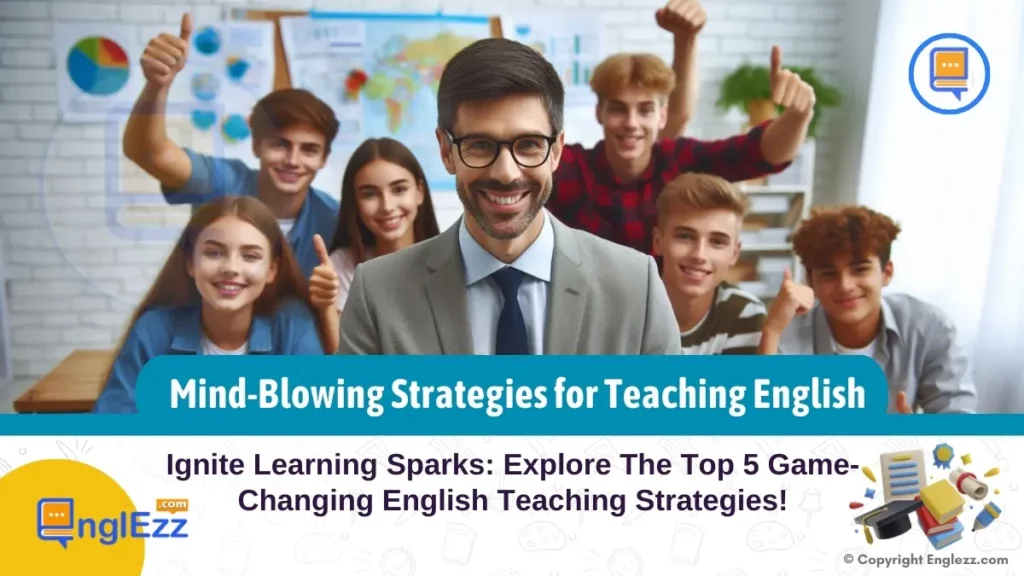
These strategies are not just innovative, but also evidence-based, backed by research and proven to be effective in achieving remarkable results. You’ll discover how to tap into your students’ motivation, harness the power of technology, and create engaging lesson plans that cater to their individual needs. From gamification to storytelling, and from interactive activities to real-life scenarios, these strategies will equip you with the tools to overcome common challenges and make your teaching experience more enjoyable and rewarding.
Strategy #1: Storytelling for Language Acquisition
Storytelling is a powerful tool that has been used to captivate audiences for centuries. When it comes to teaching English as a second language, incorporating storytelling into your lessons can be a game-changer. By using narratives to convey complex language structures, vocabulary, and grammar rules, you can make the learning process more engaging, interactive, and memorable.
Imagine sitting around a campfire, listening to a captivating tale that weaves together fascinating characters, unexpected twists, and timeless lessons. As the story unfolds, your students’ eyes light up, and their minds are piqued. They’re no longer just passively listening to a language lesson; they’re actively participating in a rich and immersive experience.

By using storytelling as a strategy, you can create a sense of context and purpose that helps your students better understand the language and its cultural nuances. You can use real-life stories to illustrate complex grammar concepts, make vocabulary more relatable, and even teach idioms and phrasal verbs in a more natural and intuitive way. The possibilities are endless, and the benefits are undeniable. With storytelling, you can take your students on a journey that will leave them empowered, inspired, and eager to continue learning.
Strategy #2: Gamification to Increase Engagement
As the saying goes, “learn while having fun!” Gamification is a powerful strategy that injects excitement and motivation into the English language learning process. By incorporating game-like elements, you can turn language learning into a thrilling adventure that students will eagerly look forward to. This can be achieved through the use of points, badges, leaderboards, and rewards, which can be easily integrated into your online course or classroom.
Imagine a scenario where students are tasked with completing a series of language-based challenges, such as solving grammar puzzles, completing vocabulary quizzes, or creating short stories. As they progress, they earn points and badges that unlock new levels, rewards, or even special privileges. For example, they might earn a virtual “golden ticket” to access a special lesson or get a chance to participate in a virtual language exchange with a native speaker.
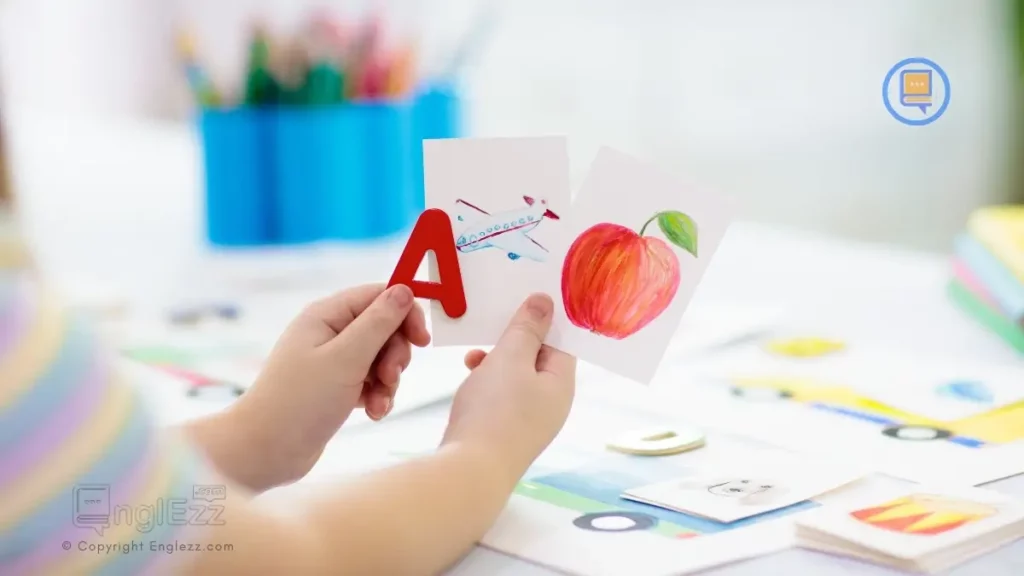
Gamification can also be used to create a sense of competition among students, fostering a sense of community and teamwork. By setting up a leaderboard that ranks students based on their progress, you can encourage them to work together to achieve common goals, share tips and resources, and support each other in their language learning journey.
By incorporating gamification into your teaching strategy, you can increase student engagement, motivation, and overall learning outcomes. It’s a game-changer that will take your ESL teaching to the next level!
Strategy #3: Using Real-Life Scenarios to Teach Vocabulary
One of the most effective ways to teach English vocabulary is to use real-life scenarios. This approach not only helps learners understand the meaning of words, but also provides them with a context to apply their new knowledge. Imagine being able to describe the scene of a beautiful sunset, using words like “vibrant”, “sweeping”, and “golden”. This is not only a more engaging way of learning, but it also allows learners to better retain the information.
By incorporating real-life scenarios into your lessons, you can help your students develop a deeper understanding of the language and its cultural context. This could involve using images, videos, or even role-playing to bring the language to life. For example, you could show a video of a busy street in a foreign city and ask students to describe what they see, using vocabulary related to transportation, food, and culture.
This approach is particularly effective for learners who are visual or kinesthetic, as it allows them to engage their senses and make connections between the language and the world around them. Additionally, it can help build confidence and fluency, as learners are able to use the language in a more authentic and meaningful way. By using real-life scenarios to teach vocabulary, you can create a more immersive and interactive learning experience that will leave a lasting impact on your students.
Strategy #4: The Power of Music and Song to Teach Pronunciation
Imagine a language learning experience that’s not only engaging, but also melodic. The power of music and song can be a game-changer when it comes to teaching English as a second language. By incorporating catchy tunes and lyrics into your lessons, you can help students develop their pronunciation skills in a fun and memorable way. This strategy is particularly effective for teaching intonation, rhythm, and stress patterns, as music can provide a natural and intuitive framework for students to learn.
For example, you could use popular songs to teach vocabulary, with students repeating phrases and words in time with the music. This not only helps to reinforce new language skills, but also makes the learning experience more enjoyable and interactive. You could also create your own songs or raps, using lyrics that are relevant to the topic or theme you’re teaching. This can help to make the language more accessible and relatable, and can even encourage students to create their own music and lyrics in English.
By harnessing the power of music and song, you can create a unique and engaging language learning experience that sets your students up for success. With this strategy, you can help students develop their pronunciation skills, build their confidence, and have fun while doing it. So why not give it a try? Put on your favorite playlist, and let the music do the rest!
Strategy #5: Flipped Classroom Approach for Improved Student Outcomes
As we delve into the fifth and final strategy, we’re going to flip the traditional classroom model on its head. Literally. The Flipped Classroom Approach is a revolutionary teaching method that’s gaining popularity worldwide, and for good reason. By reversing the traditional lecture-homework format, you can create a more engaging, interactive, and effective learning environment for your ESL students.
In a traditional classroom, students typically sit passively as the teacher delivers a lecture, taking notes and completing homework assignments outside of class. However, this approach can lead to information overload, disengagement, and a lack of hands-on practice. The Flipped Classroom Approach flips this script by pre-recording video lessons, readings, and assignments, and then using class time for hands-on activities, discussions, and group work.
By doing so, you can create a more dynamic and personalized learning experience, where students can interact with each other and the material in a more meaningful way. This approach also allows you to tailor your instruction to meet the diverse needs of your students, whether they’re struggling with a particular concept or demonstrating advanced knowledge. With the Flipped Classroom Approach, you can create a true learning community that fosters collaboration, critical thinking, and creativity. In this section, we’ll explore the benefits and best practices for implementing this innovative strategy in your ESL classroom.
The Science Behind Language Acquisition
The art of teaching English as a second language is a complex and multifaceted endeavor. One of the most fascinating aspects of language acquisition is the science behind it. In this section, we’ll delve into the remarkable processes that occur in the brain when a non-native speaker learns a new language.
From the moment a student begins to study a new language, their brain is hardwired to respond to the sounds, rhythms, and structures of the language. The neural pathways that govern language processing are adapted and reorganized as new linguistic patterns and rules are learned, a process that has been likened to the formation of new connections between neurons.
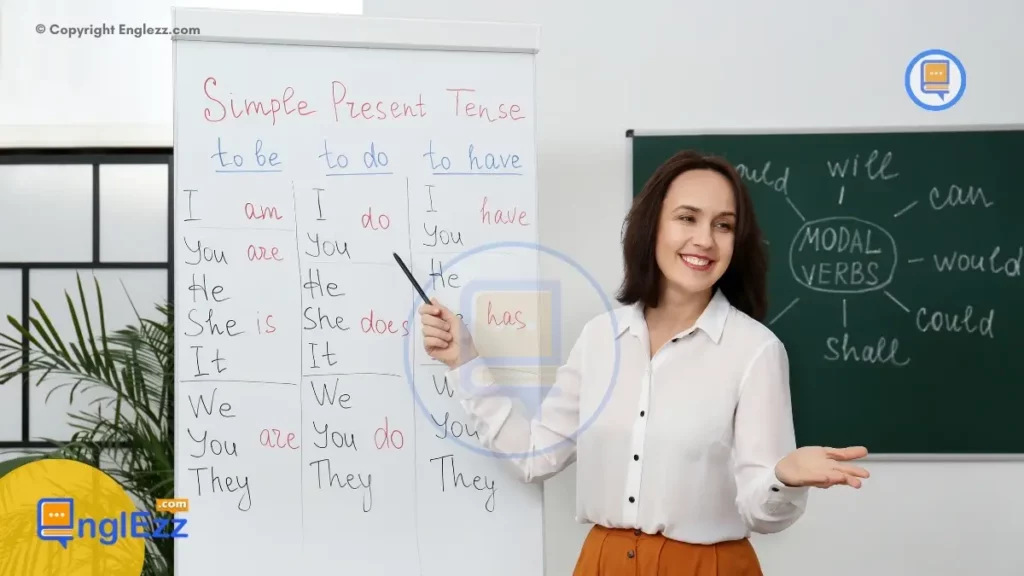
Research has shown that the most effective language learning strategies tap into the brain’s natural abilities to absorb and process language, rather than relying on rote memorization or dry instruction. By incorporating the latest findings in cognitive psychology and neurobiology, educators can create a more engaging, effective, and efficient learning environment for their students.
In this section, we’ll explore the latest research on language acquisition, examining the key factors that influence language learning, such as motivation, exposure, and feedback. We’ll also examine the role of cognitive biases and emotional factors in shaping the learning process, and provide practical tips and strategies for incorporating these insights into your teaching practice. By harnessing the power of the science behind language acquisition, you’ll be equipped to help your students achieve their language learning goals and unlock their full potential.
How to Implement the Strategies in Your Teaching Practice
As you’ve learned the innovative strategies for teaching English as a second language, you’re now ready to integrate them into your daily teaching practice. But, how do you turn these groundbreaking concepts into actionable steps that will transform your students’ language learning journey? It’s time to bring these strategies to life in your classroom.
Start by identifying the specific challenges your students face in their language learning process. Are they struggling with pronunciation, grammar, or vocabulary? Once you’ve pinpointed the areas where they need extra support, you can begin to tailor your teaching approach to meet their unique needs.
Next, incorporate the strategies into your lesson plans, incorporating authentic materials, real-life scenarios, and interactive activities that engage your students and encourage them to take an active role in their learning. Make sure to provide opportunities for students to practice and apply what they’ve learned, both in and out of the classroom.
By putting these strategies into practice, you’ll be able to create a more dynamic, effective, and student-centered learning environment that fosters language acquisition, boosts confidence, and sets your students up for long-term success. With the right tools and techniques, you’ll be empowered to make a profound impact on your students’ lives and help them achieve their goals in the world of English language learning.
Overcoming Common Obstacles to Successful Language Learning
As a teacher of English as a Second Language (ESL), you’re well aware that the journey to fluency is often fraught with obstacles. From language barriers to cultural differences, there are many hurdles that can impede the progress of your students. One of the most significant challenges is the lack of motivation and self-confidence that can lead to frustration and burnout. Students may feel overwhelmed by the complexities of the English language, or struggle to keep up with the pace of their peers.
Another common obstacle is the difficulty that students may face in adapting to the new customs and norms of their host culture. This can lead to feelings of isolation and disconnection, making it even more challenging for them to focus on their language learning. Additionally, language learners may struggle to overcome the fear of making mistakes or receiving criticism, which can hold them back from taking risks and improving their language skills.
In this section, we’ll explore the top strategies for overcoming these common obstacles and ensuring successful language learning. By identifying and addressing these challenges, you’ll be able to empower your students to overcome their fears and achieve their language learning goals.
Conclusion and Takeaways
As we conclude this journey into the top 5 mind-blowing strategies for teaching English as a second language, we are left with a profound sense of awe and inspiration. The key takeaways from this article are a testament to the power of innovative teaching methods and the importance of adapting to the ever-changing needs of language learners.
By incorporating the strategies outlined in this article, educators can breathe new life into their classrooms, engaging students and fostering a sense of community and collaboration. From leveraging technology to create immersive learning experiences, to using storytelling and role-playing to bring language to life, the possibilities for creative and effective teaching are endless.
As we look to the future, it is clear that the demand for English language instruction will only continue to grow, as more and more individuals around the world seek to improve their language skills and open up new opportunities for themselves. By embracing these cutting-edge strategies, educators can rise to the challenge, empowering students to achieve their goals and unlock their full potential.
Whether you’re a seasoned teacher or just starting out, we hope that this article has provided you with valuable insights and inspiration to take your teaching to the next level. Remember, the key to successful language instruction is to be flexible, creative, and always willing to adapt to the evolving needs of your students. With these strategies at your fingertips, you’ll be well on your way to creating a truly unforgettable learning experience.
Real-Life Examples of Successful ESL Teaching
As any successful ESL teacher will attest, the key to unlocking a student’s language learning potential lies not just in the textbook, but in the real-life experiences and connections that make language learning relatable and memorable. This is where real-life examples of successful ESL teaching come into play.
Imagine a scenario where students are tasked with creating a restaurant menu, complete with descriptions of dishes and drinks, in their target language. The possibilities are endless, and the results can be nothing short of astonishing. By using real-life examples, such as ordering food at a restaurant, making a reservation, or even negotiating a price, students are able to tap into their own experiences and apply them to the language learning process.
Or, picture a scenario where students are given the task of creating a short video or skit, using everyday situations and dialogue to practice their language skills. The results can be hilarious, and the students will be fully engaged and motivated to learn. By incorporating real-life examples into the ESL teaching process, students are able to make meaningful connections between the language and their own lives, leading to a more authentic and effective learning experience.
Additional Resources for Continued Learning
As educators, it’s essential to recognize that the journey to mastery is lifelong, and teaching English as a second language is no exception. The moment you think you’ve arrived at the pinnacle of proficiency, new techniques and methods emerge, propelling you to continue learning and refining your craft. In today’s fast-paced, ever-evolving digital landscape, it’s crucial to stay ahead of the curve by leveraging the latest resources and tools.
To further enhance your teaching skills, we recommend exploring the following additional resources:
- Online courses and webinars, which offer a wealth of information on cutting-edge methodologies and best practices.
- Educational blogs and podcasts, which provide insightful discussions and expert opinions on the latest developments in the field.
- Online communities and forums, where you can connect with fellow ESL professionals, share knowledge, and problem-solve together.
- Language learning apps and platforms, which offer innovative approaches to teaching and learning, and can be used to supplement your teaching methods.
- Conferences and workshops, where you can network with fellow educators, attend workshops, and participate in hands-on training sessions.
By incorporating these additional resources into your teaching repertoire, you’ll be well-equipped to continue growing and adapting to the ever-changing landscape of ESL instruction, ultimately enhancing your teaching skills and providing the best possible education for your students.
Tips for Effective Communication with ESL Students
Effective communication is the cornerstone of any successful teaching experience, and when it comes to teaching English as a Second Language (ESL), it’s especially crucial. Building a strong rapport with your students is vital to ensure that they feel comfortable and confident in their learning environment. As an ESL teacher, you’ll encounter students from diverse linguistic and cultural backgrounds, each with their unique set of challenges and limitations. It’s essential to be aware of these differences and adapt your teaching approach to meet the needs of each student.
One of the most effective ways to foster communication with ESL students is to create a safe and welcoming learning environment. This can be achieved by using simple and clear language, avoiding jargon and technical terms, and encouraging students to ask questions and share their thoughts. Body language and nonverbal cues also play a significant role in effective communication, and it’s essential to be aware of any potential cultural or linguistic barriers that may affect your students’ ability to understand you.

Another crucial aspect of effective communication with ESL students is to use visual aids and multimedia resources to support your teaching. This can include images, videos, and audio recordings, which can help to clarify complex concepts and make them more accessible to students who may struggle with written or spoken language. Additionally, using technology such as online learning platforms and language learning apps can also help to enhance communication and provide students with a more engaging and interactive learning experience.
By implementing these strategies, you can create a positive and supportive learning environment that encourages students to take risks, build confidence, and develop their English language skills. With effective communication at the heart of your teaching approach, you’ll be able to help your ESL students achieve their goals and reach their full potential.
Best Practices for Assessing Student Progress
As the instructor, it’s crucial to regularly assess student progress to ensure that your English language learners are staying on track and making meaningful gains. But, let’s be real, traditional methods of assessment can be tedious and time-consuming. In fact, they can even lead to a sense of dread among students, causing them to feel anxious and demotivated.
That’s why it’s essential to adopt best practices for assessing student progress that are both effective and engaging. One game-changing approach is to incorporate technology into your assessment process. This can include using digital tools to track student progress, such as online quizzes, interactive games, and multimedia presentations.
Another best practice is to focus on formative assessments rather than summative ones. Formative assessments provide students with immediate feedback and guidance, allowing them to adjust their learning and make progress. This can be achieved through regular check-ins, peer review, and self-assessment activities.
Additionally, incorporating authentic, real-world tasks into your assessment process can help students develop the language skills they need to succeed in their everyday lives. This can include tasks such as writing a letter to a pen pal, creating a video presentation, or participating in a role-play conversation.
As we conclude our article on the top 5 mind-blowing strategies for teaching English as a second language, we hope that educators and language learners alike have gained valuable insights and inspiration to take their teaching and learning to the next level.
From innovative approaches to lesson planning to cutting-edge technologies, we’ve explored the most effective ways to help non-native English speakers overcome language barriers and achieve fluency. By incorporating these strategies into your teaching practice, you’ll be empowering your students to break down language barriers and unlock new possibilities for communication, education, and global connection.

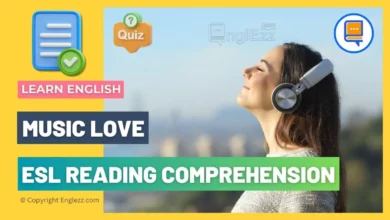
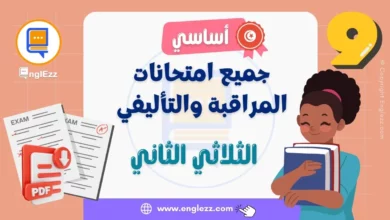
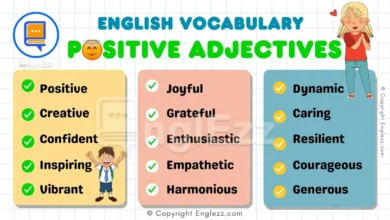
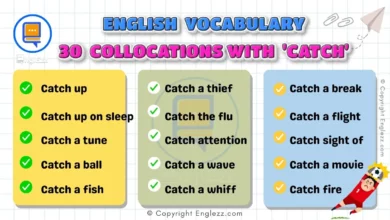




Uncover the secrets to successful English teaching with our top 5 mind-blowing strategies that will transform your approach in the classroom.
Your blog is a true hidden gem on the internet. Your thoughtful analysis and in-depth commentary set you apart from the crowd. Keep up the excellent work!